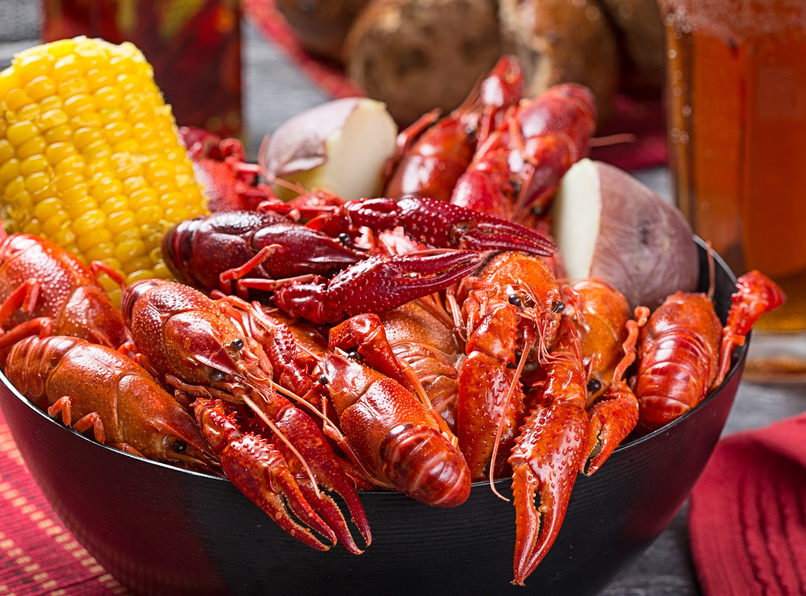Everything You Need To Know About The Peach Flambe Strain
If you’re on the hunt for a powerful and delicious indica-dominant hybrid, look no further than the Peach Flambe strain. This tantalizing bud boasts a THC content of up to 25% and offers users a long-lasting and deeply relaxing high. Whether you’re looking to wind down after a long day or ease pain and tension, this is the perfect strain for you.
Continue Reading








